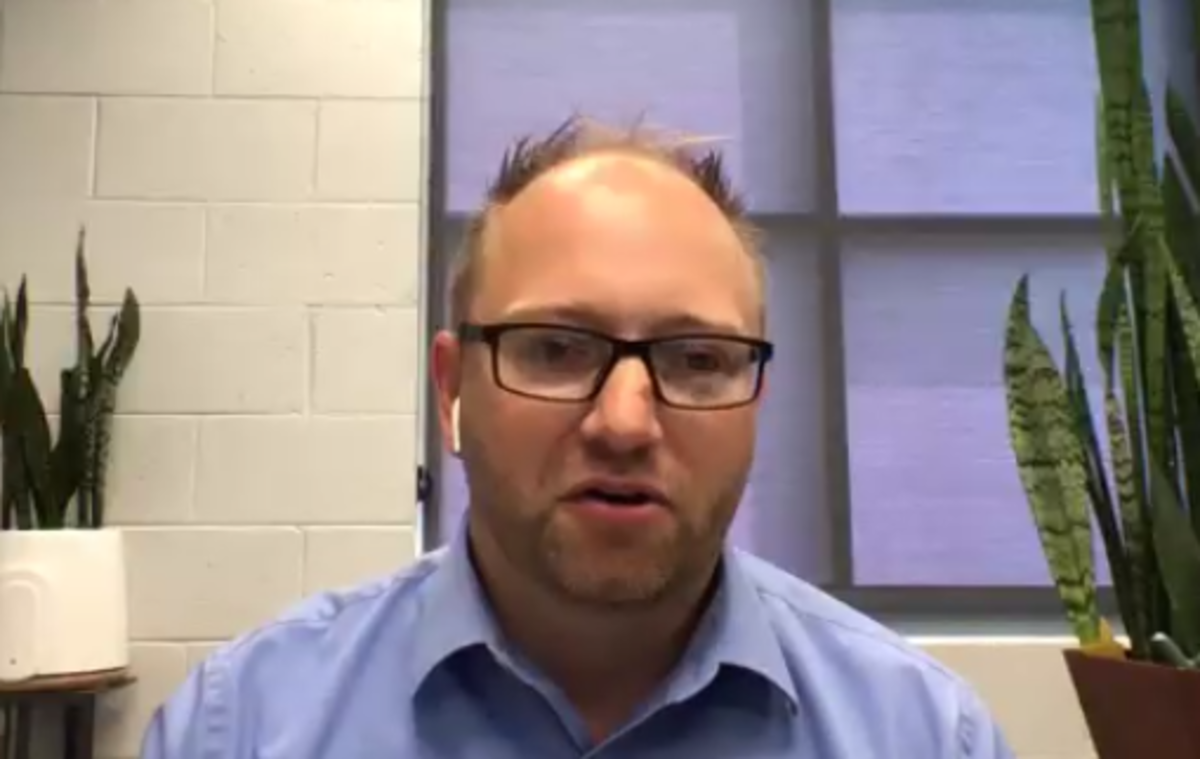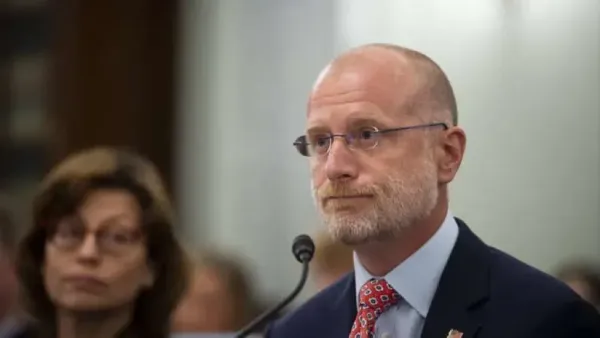Ownership Models Are Evolving to Serve the Unserved, Say Panelists at Digital Infrastructure Investment
August 11, 2020 — As America prioritizes closing the digital divide, critical last-mile digital infrastructure ownership models are expanding and differentiating to serve the unserved. Different towns across America are in different situations in terms of the availability of existing digital infrast
Jericho Casper

August 11, 2020 — As America prioritizes closing the digital divide, critical last-mile digital infrastructure ownership models are expanding and differentiating to serve the unserved.
Different towns across America are in different situations in terms of the availability of existing digital infrastructure assets.
Visit Digital Infrastructure Investment for complete information and summaries of the sessions from the Broadband Breakfast mini-conference, which is being re-broadcast at Broadband Communities Virtual Summit.
At the conference, leaders of entities actively expanding the traditional financing, operating and managing models of networks spoke on the evolution of ownership models and the future of last-mile infrastructure.
The session was moderated by Chris Mitchell, director of the Community Broadband Networks program of the Institute for Local Self Reliance.
UTOPIA Fiber is a broadband provider active in 16 Utah cities. It deploys and operates a fiber-to-the-premises network to businesses and households within the cities it serves.
UTOPIA Fiber utilizes a flexible approach, deploying different models depending on the setting, which enables more individuals to join the network, said CEO Roger Timmerman.
Under its typical model, UTOPIA Fiber and its member cities own and operate the middle-mile and last-mile of fiber networks, while residential customers purchase service from about 30 different competitive internet service providers operating on the network.
Because different locales have different needs, UTOPIA Fiber models the traditional open-access approach in other markets, Timmerman said.
Monica Webb, director of market development and government affairs at Ting Internet, maintained the importance of utilizing different models depending on the needs of local stakeholders.
Ting is an internet service provider that has similarly worked in many public-private partnerships, building and servicing fiber networks across the United States.
In Charlottesville, Virginia, the first market Ting internet entered, the company bought an existing fiber provider, meaning that it operates as a vertically-integrated private company within the city.
Yet in Westminster, Maryland, the local government led the effort to build last-mile fiber infrastructure. Ting then partnered with the city to operate on the network.
In Fullerton, California, SiFi Networks launched an open access network that enabled other private companies, such as Ting and Gigabit Now, to compete to deliver services.
According to Webb, open access models benefit the company by allowing them to take on less design and construction responsibilities so that they can instead focus on providing reliable service to customers.
Peggy Schaffer, executive director of ConnectME Authority, spoke about the Maine initiative, an effort aimed at expanding broadband access to areas which have little prospect for access to high speed broadband.
ConnectME awards grants for last-mile infrastructure, which provide a percentage of the cost. The grants are then matched with funding from an internet service provider or a community.
According to Schaffer, ConnectME aims to build partnerships with communities and businesses to identify needs and highlight opportunities across the state.
In discussion, the group highlighted barriers to last-mile infrastructure investment.
Webb detailed how incumbent providers fought Ting when they attempted to build last-mile infrastructure in areas where incumbents had existing fiber assets.
“If AT&T has existing fiber in a neighborhood, we won’t build that neighborhood,” Webb said.
While the panelists noted the slew of obstacles in their way, they still expressed hope.
Timmerman reported that demand has vastly increased for last-mile fiber infrastructure as teleworking becomes the new normal.
“UTOPIA is adding anywhere from 900 to 1100 new customers every month,” said Timmerman. “People need this type of connectivity.”
Broadband is a street-by-street battle, he added, and creative reactive models are necessary to connect netizens to reliable last-mile infrastructure.










Member discussion